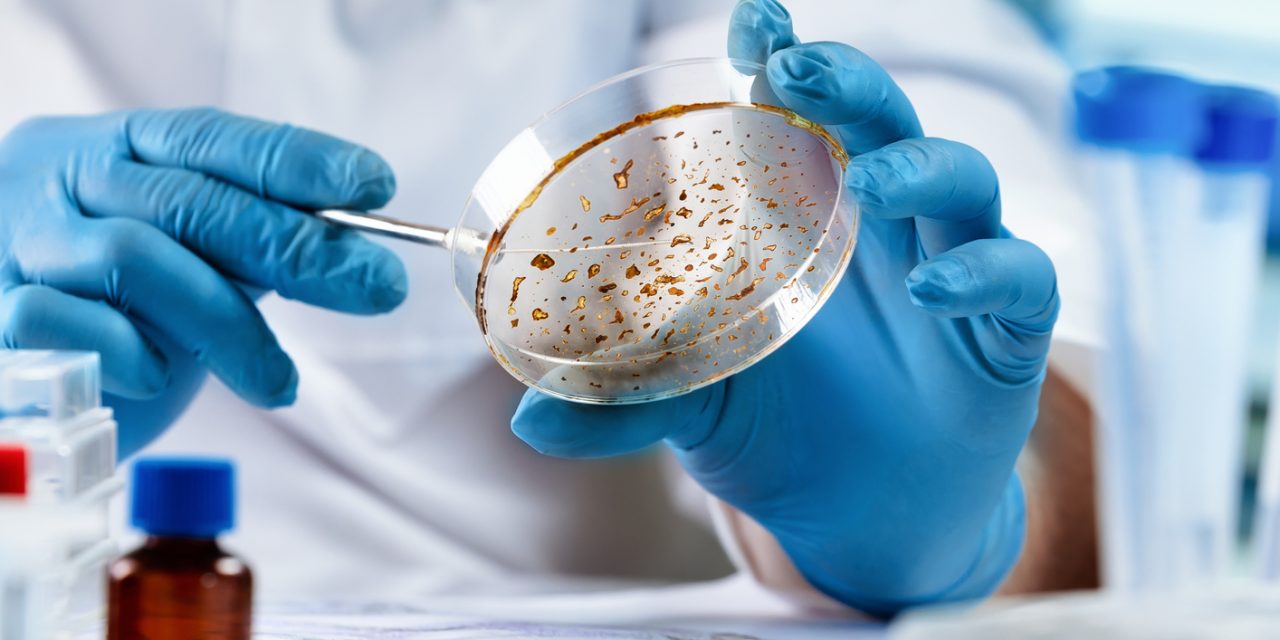Airborne spread of COVID-19 by infectious aerosol is all but certain. However, easily implemented approaches to assess the actual environmental threat are currently unavailable. We present a simple approach with the potential to rapidly provide information about the prevalence of SARS-CoV-2 in the atmosphere at any location. We used a portable dehumidifier as a readily available and affordable tool to collect airborne virus in the condensate. The dehumidifiers were deployed in selected locations of a hospital ward with patients reporting flu-like symptoms which could possibly be due to COVID-19 over three separate periods of one week. Samples were analyzed frequently for both virus envelope protein and SARS-CoV-2 RNA. In several samples across separate deployments, condensate from dehumidifiers tested positive for the presence of SARS-CoV-2 antigens as confirmed using two independent assays. RNA was detected, but not attributable to SARS-CoV-2. We verified the ability of the dehumidifier to rapidly collect aerosolized sodium chloride. Our results point to a facile pool testing method to sample air in any location in the world and assess the presence and concentration of an infectious agent in order to obtain quantitative risk assessment of exposure, designate zones as ‘hot spots’ and minimize the need for individual testing which may often be time consuming, expensive and laborious. This article is protected by copyright. All rights reserved.This article is protected by copyright. All rights reserved.
Rapid and Low-cost Sampling for Detection of Airborne SARS-CoV-2 in Dehumidifier Condensate.


